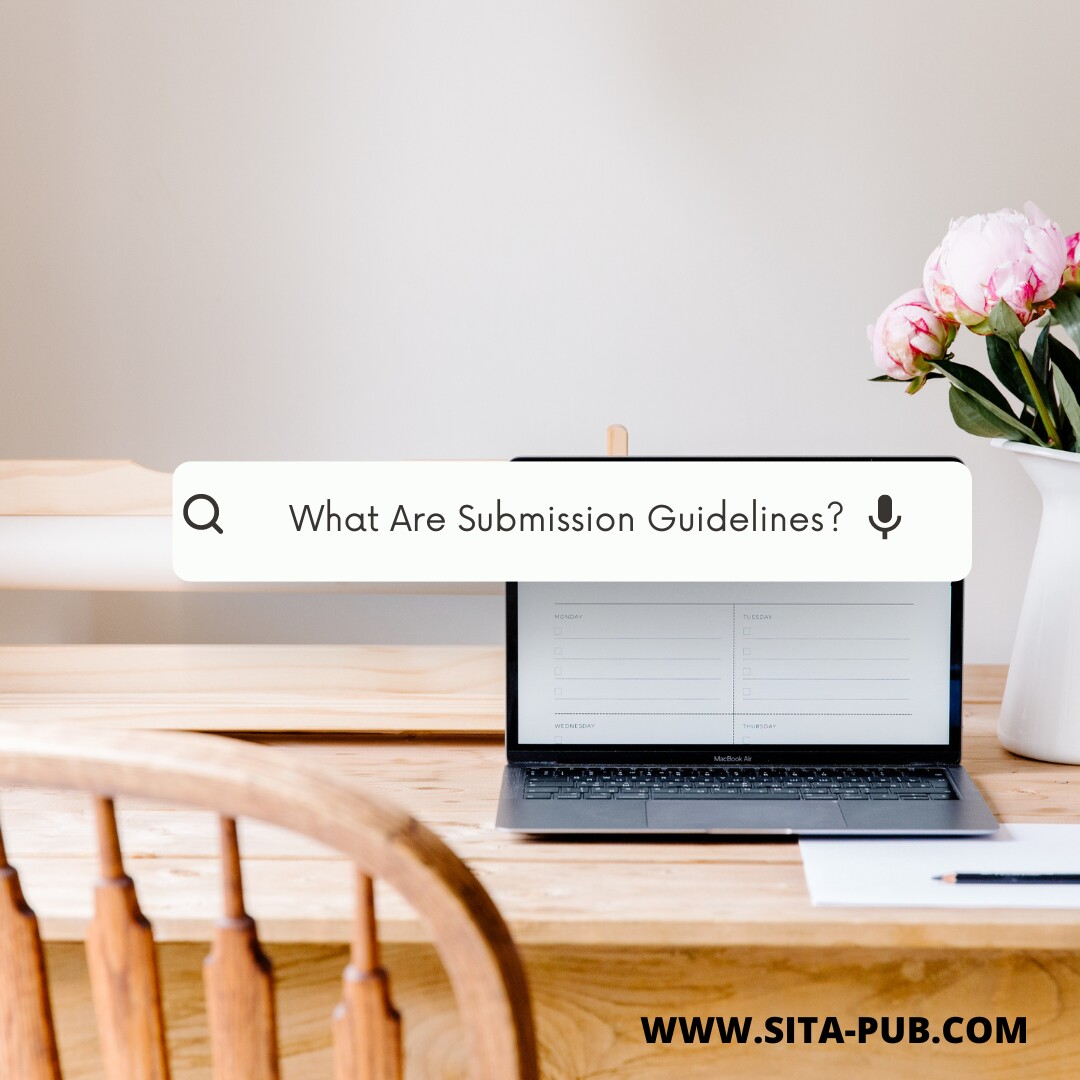What Are Submission Guidelines?


Submission guidelines are essential instructions provided by academic journals or publishers that outline how to submit your research manuscript. Following these guidelines is crucial for ensuring that your submission meets the journal’s standards, which can help you get your work published. Here’s a breakdown of what you need to know about submission guidelines and why they matter.
Formatting Requirements: Journals specify how your manuscript should look. This includes details like:
Font Type and Size: Commonly, Times New Roman in 12-point size.
Line Spacing: Usually double-spaced for readability.
Margins: Typically one inch on all sides.
Proper formatting makes your work easier to read and presents it professionally.
Length and Structure: Guidelines usually state the maximum word count and how to organize your manuscript. Typical sections include:
Abstract: A brief summary of your research.
Introduction: Explaining the background and purpose of your study.
Methods: Describing how you conducted your research.
Results: Presenting your findings.
Discussion: Interpreting your results and their significance.
Knowing the structure helps you present your research clearly and effectively.
Figures and Tables: If you include visuals, guidelines will specify:
How to format them.
Required resolution and file types (e.g., JPEG, TIFF).
How to write captions that explain what each visual shows.
Well-prepared visuals enhance your research's clarity and impact.
References and Citations: Journals provide details on how to cite sources. This includes:
The required citation style (e.g., APA, MLA).
Information you must include, such as author names, publication year, and article titles.
Accurate citations are crucial for giving credit to previous research and maintaining academic integrity.
Cover Letter: Many journals ask to craft a cover letter with your submission. This should:
Summarize your research.
Explain why it’s important.
State why you chose that particular journal.
A strong cover letter can make a positive impression on the editors.
Supplementary Materials: Some guidelines allow you to include additional materials, like datasets or extra figures. Instructions will explain how to submit these and any specific formatting rules.
Review Process: You’ll often find information about how the peer review process works, including:
Typical timelines for reviews.
How you’ll be notified of the decision on your submission.
Understanding this process can help you manage your expectations.
Higher Acceptance Rates: Submissions that comply with guidelines are more likely to be accepted. Journals receive many submissions, and following the rules helps your work stand out.
Efficiency: Clear guidelines make the review process smoother, reducing the need for back-and-forth communication between authors and editors. This speeds up publication.
Professional Presentation: Adhering to guidelines shows that you are detail-oriented and professional, which can enhance your credibility in the academic community.
Avoiding Rejection: Ignoring submission guidelines is a common reason for rejection. By following them, you can save time and effort.
In summary, submission guidelines are crucial for anyone looking to publish their research. They provide clear instructions that can greatly improve your chances of getting published. Always take the time to review the specific guidelines for the journal you are targeting, as each may have unique requirements. By understanding and following these guidelines, you can enhance the visibility and impact of your research.
If you need assistance with your manuscript, SITA Academy offers professional formatting services in various styles. Our team is here to help ensure your submission meets all journal requirements, making the process smoother for you.
If you have any questions, inquiries, or would like to learn more about our services, please don't hesitate to reach out to us. Our dedicated team is ready to assist you.